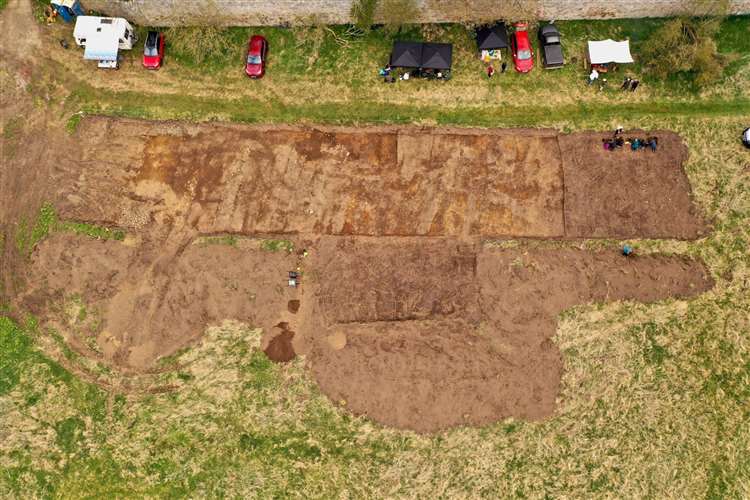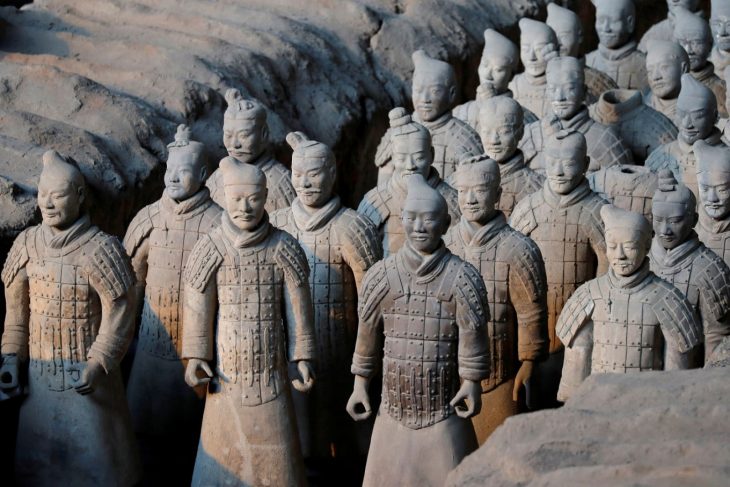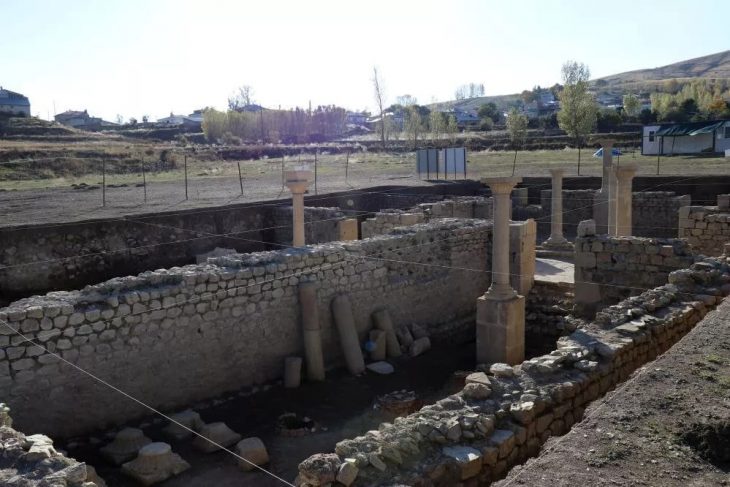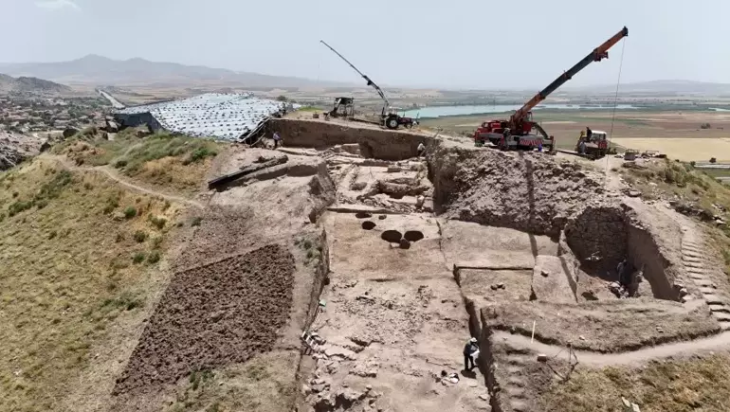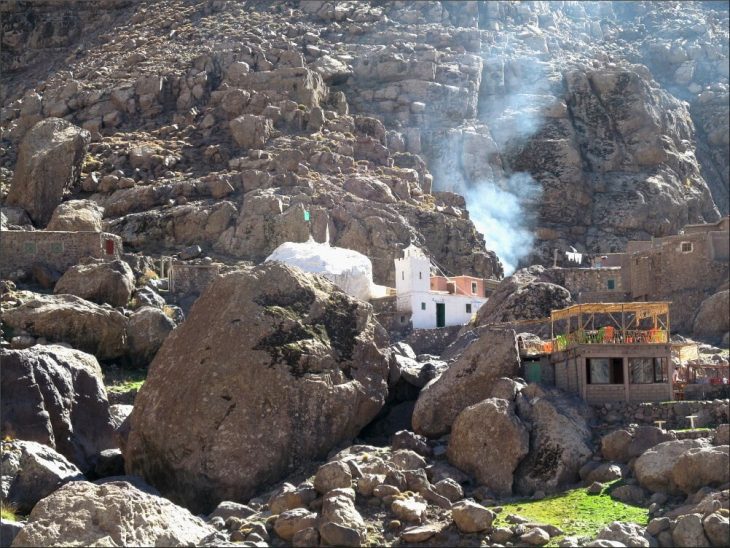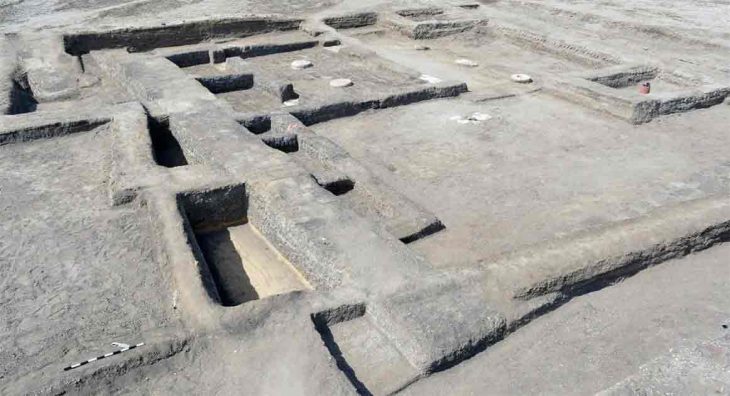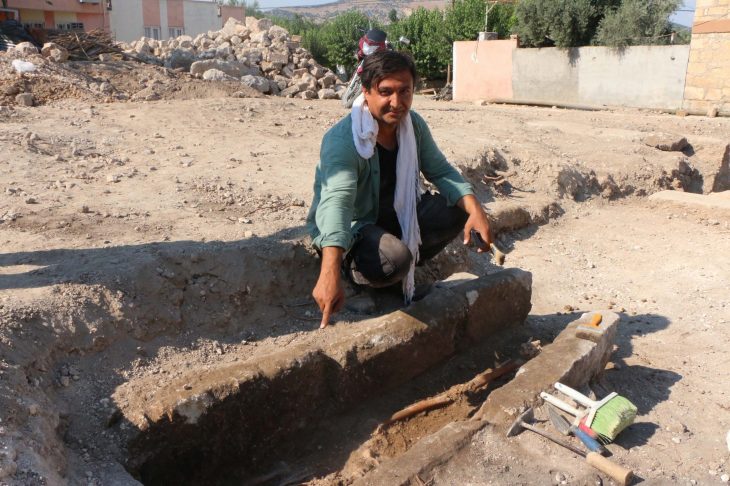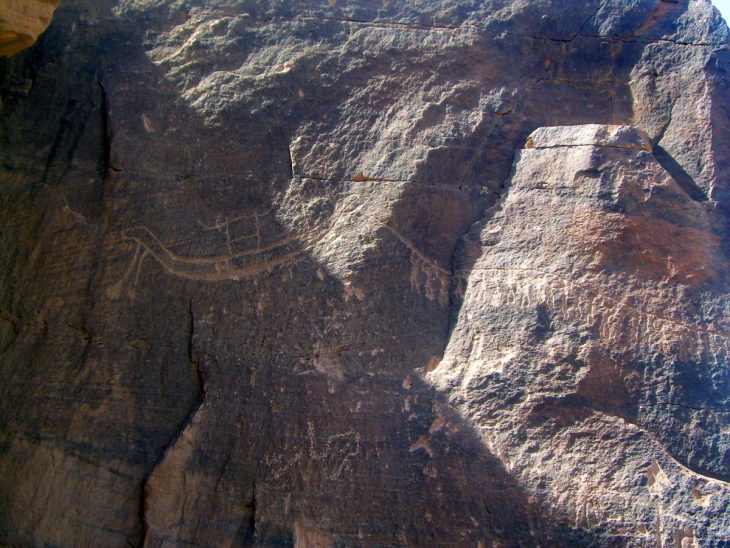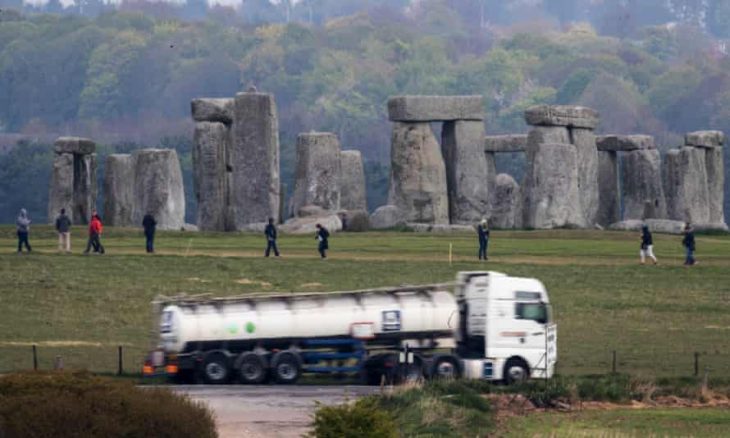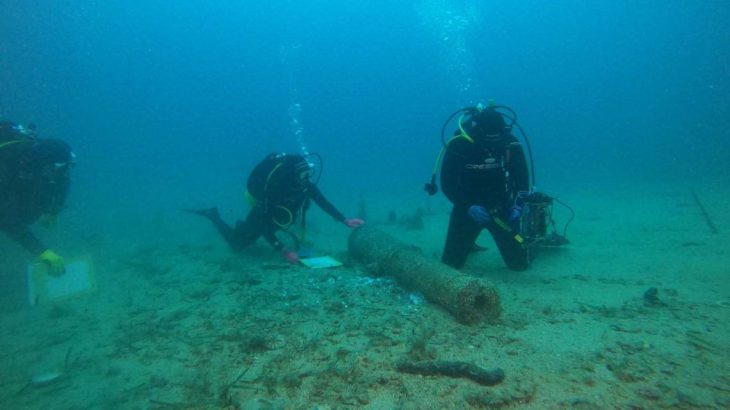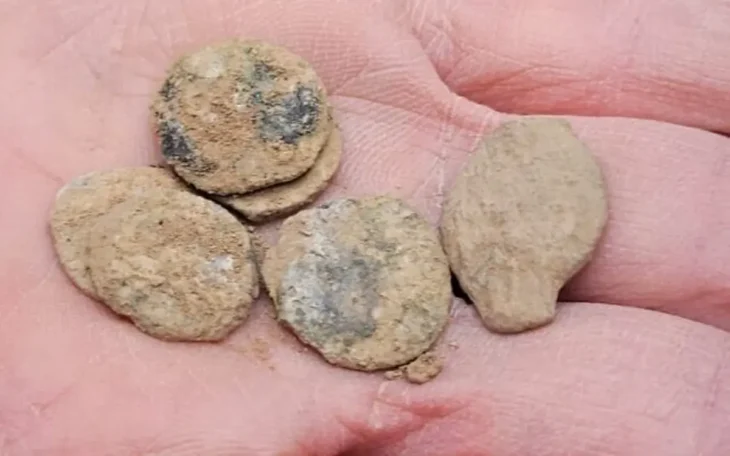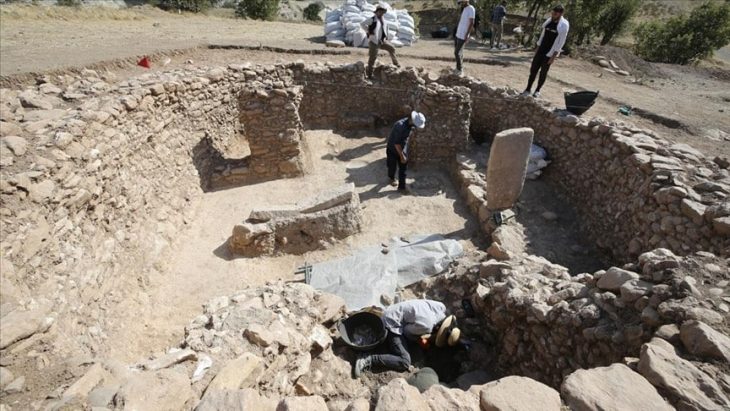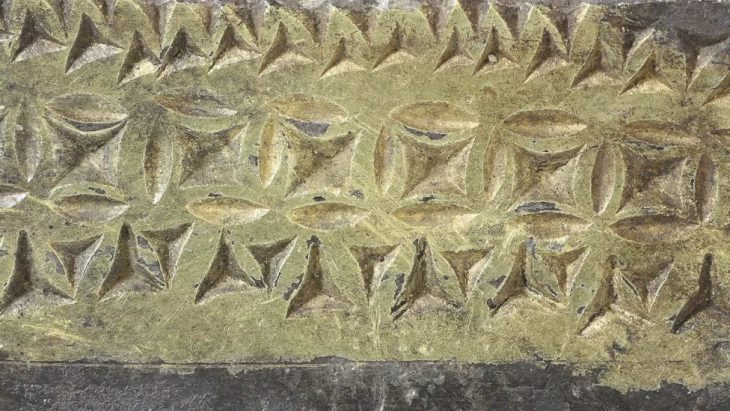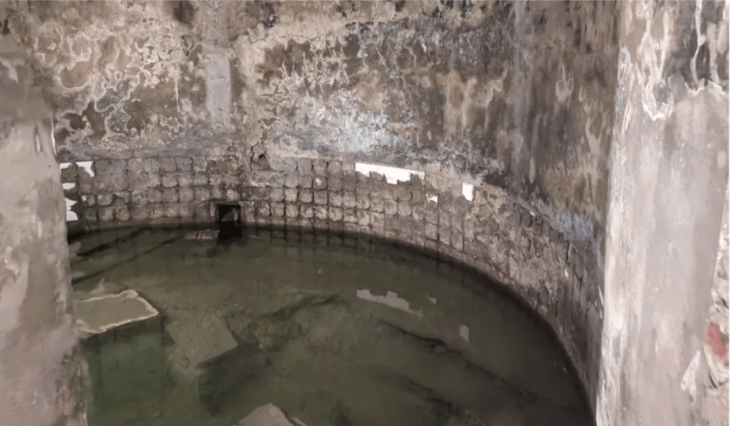One of the biggest mysteries in Scottish archaeological history has been solved with the discovery of the monastery site where the historic Stag Book was written, believed to be the oldest surviving Scottish manuscript.
The ancient Book of Deer has been described as one of the most important manuscripts in Scotland. It was first written in the 10th century, with a number of Gaelic notes added by five different monks in Aberdeenshire as late as the 12th century, which became the earliest surviving written record of the language.
The monastery in Aberdeenshire is thought to be where the ancient Book of Deer was first scribed. The site of the “missing” monastery was found under a field next to Deer Abbey in Buchan, which dates to the 13th century.
A new BBC Alba documentary called The Missing Monastery, due to be broadcast on Monday, details how archaeologists found artifacts that pre-dated the abbey and eventually uncovered rubble thought to be from the monastery.
The new 70-minute documentary is based around the 2022 archaeological dig in a field near Deer Abbey which was founded in the 13th century (much later than the monastery).
The excavation coincided with the Book of Deer manuscript returning to Aberdeen on loan to Aberdeen Art Gallery from the Cambridge University Library.
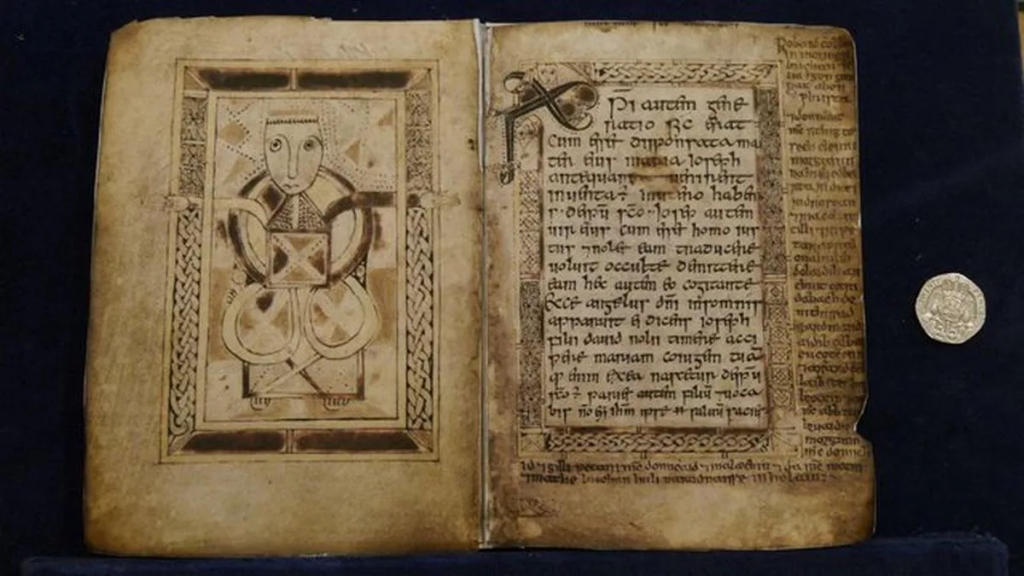
Gaelic-speaking archaeology graduate Mairead Morgan said: “At the beginning of the 12th century, the earliest evidence of Scottish Gaelic was written in the margins of this Latin gospel book by the monks in a Monastery in Aberdeenshire, a region which is not widely regarded as a Gaelic-speaking region today.
“However, not only does this show that Gaelic was spoken in the region, but it is also the earliest evidence that exists of written Scottish Gaelic by a good 200-300 years, which easily makes the Book of Deer one of the most important manuscripts in Scotland.”
The Book of Deer provides an insight into the early church, culture, and society of the period, and also features Latin text.
Details of local land transactions written in the margins of the Book of Deer by monks in Scottish Gaelic firmly placed the manuscript in this area of Aberdeenshire in the early 12th Century.
Lead archaeologist Ali Cameron said: “A lot of the rest of the field had been disturbed but we opened such large trenches in 2022 so that we had the best chance of finding early medieval features.
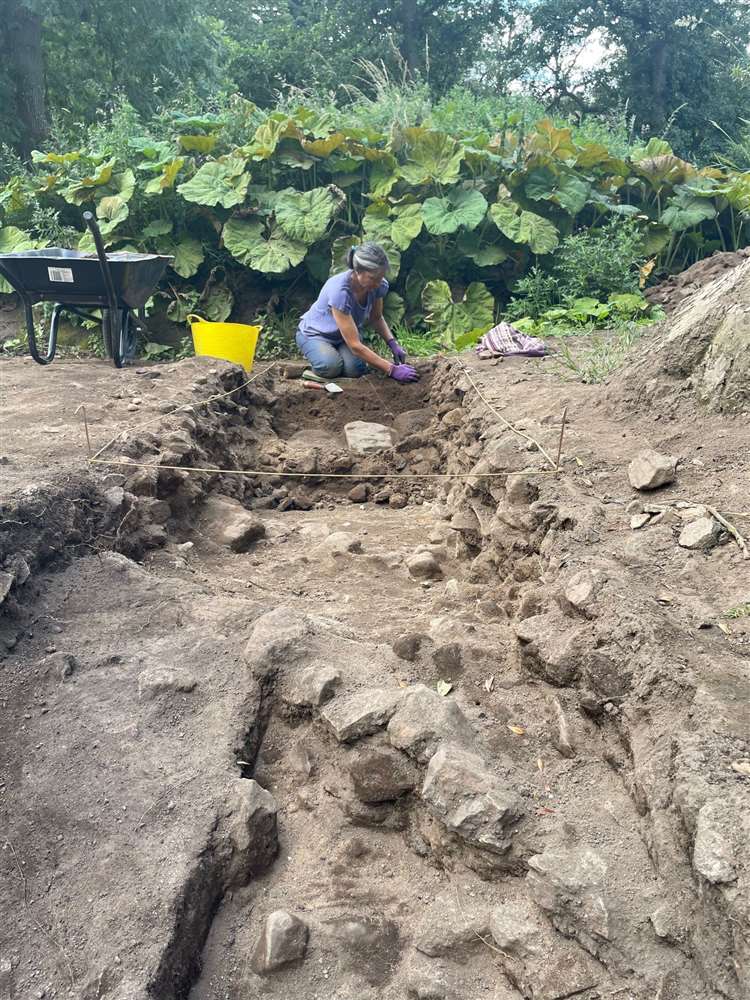
“We spent weeks excavating later material including stone and other demolition material until we got down to the earliest layers and features two weeks before the end of the dig.”
“I then led a team of students and volunteers and we systematically cut sections though all the features, collected finds and samples which are important as they are where the charcoal for dating will be.”
“We then waited a few months for the samples to be carefully processed in the University of Aberdeen under the supervision of Dr Gordon Noble and then we had our charcoal.”
She said it took three months to get the results from the laboratory, adding: “When I opened the email I was stunned and had to re-read them several times before I realised what they were telling me. It’s just unbelievable. We found the monastery.”.
Cover Photo: Undated BBC ALBA handout photo of a trench and spoil heap at the ancient Book of Deer dig site in Aberdeenshire.

